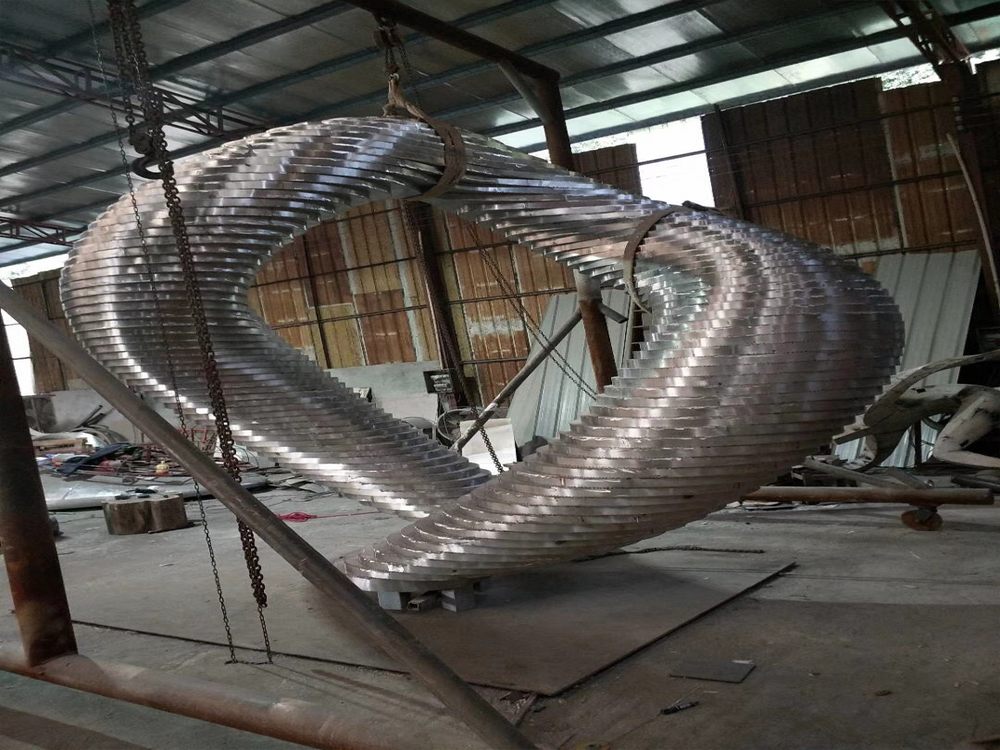
In the evolving world of sculpture, artists are increasingly adopting modular design principles to create dynamic stone installations. This approach allows for flexibility, scalability, and creative experimentation while maintaining the timeless beauty of stone as a medium.
Modular design in stone sculpture involves creating individual components that can be arranged, rearranged, or combined in various configurations. Sculptors begin by carefully planning each module's dimensions and connection points, ensuring pieces fit together harmoniously despite stone's natural variations. Advanced digital modeling often aids this process while preserving organic aesthetics.
Contemporary sculptors employ several innovative techniques:
1. Interlocking systems using precisely carved grooves and protrusions
2. Weight-balanced arrangements that rely on gravity for stability
3. Repeating geometric patterns that create visual rhythm
4. Mixed-media integrations where stone modules combine with other materials
This methodology offers practical advantages - easier transportation of smaller components, on-site adaptability to different spaces, and the ability to modify installations over time. Environmentally conscious artists particularly appreciate how modularity reduces material waste during creation and allows for future repurposing.
The artistic benefits are equally significant. Modularity invites viewer interaction in some installations, where audiences can rearrange elements. It also enables sculptors to explore themes of connection, transformation, and impermanence through physical forms that embody these concepts.
From public art commissions to gallery exhibitions, modular stone sculptures demonstrate how ancient materials can express contemporary ideas. This fusion of traditional craftsmanship with modern design thinking continues to push the boundaries of what's possible in stone artistry.

